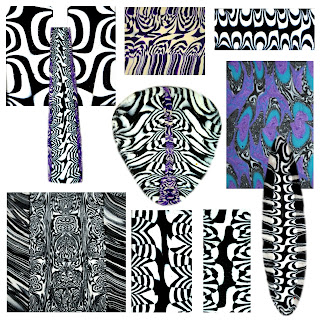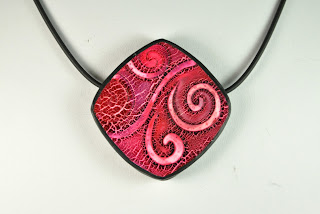GLUES FOR POLYMER CLAY
I just finished posting a comment on an Etsy forum about glues to use with polymer clay. I have struggled with glues not working properly for years. So I decided to post my comment here also and maybe save a few polymer clay artists the frustration I experienced:
I used e6000 many years ago and I didn't like it. I used to store my brooches vertically in my closet - poked into the side of a cardboard storage box. I noticed that the pinback shifted over time, probably because of the weight of the brooch combined with summer's high heat and humidity in the closet. So I switched to super glue.
I wasn't really happy with super glue either. I noticed that metal pieces (usually brass frames that I included in my jewelry) would fall off if I dropped the piece. So I switched to Gorilla brand "super glue" because its advertising said it was "impact resistant". Unfortunately I still had occasional problems with that too:
I have since found out a few things about both glues:
- Super glue is very sensitive to heat and humidity. It needs to be stored upright in an airtight container with dessiccant. I never did that. I think it probably failed on pieces that were glued with older glue.
- e6000 is supposed to be put on as a thin layer on both sides, left to sit for a minute or two and then put together. I think I was putting on too thick a coating.
Now I again use e6000 for pin backs - but just two thin coating and I buy new glue once it starts getting thick. I use some brand of super glue for metal inclusions. I especially like Loctite brand because you use it upright, squeezing on the sides to get just a small drop of glue. This makes it so much easier to control application. They also make a bottle with a brush applicator.
I use Pavelka's Polybonder glue if I have to glue something before baking. It also has a brush applicator. I found that it gets thick and gooey pretty quickly but I hadn't been storing it upright. It was in a ziplock back with dessiccant though. I haven't bought any and stored it upright in a glass jar yet. So hopefully that will extend it.





























